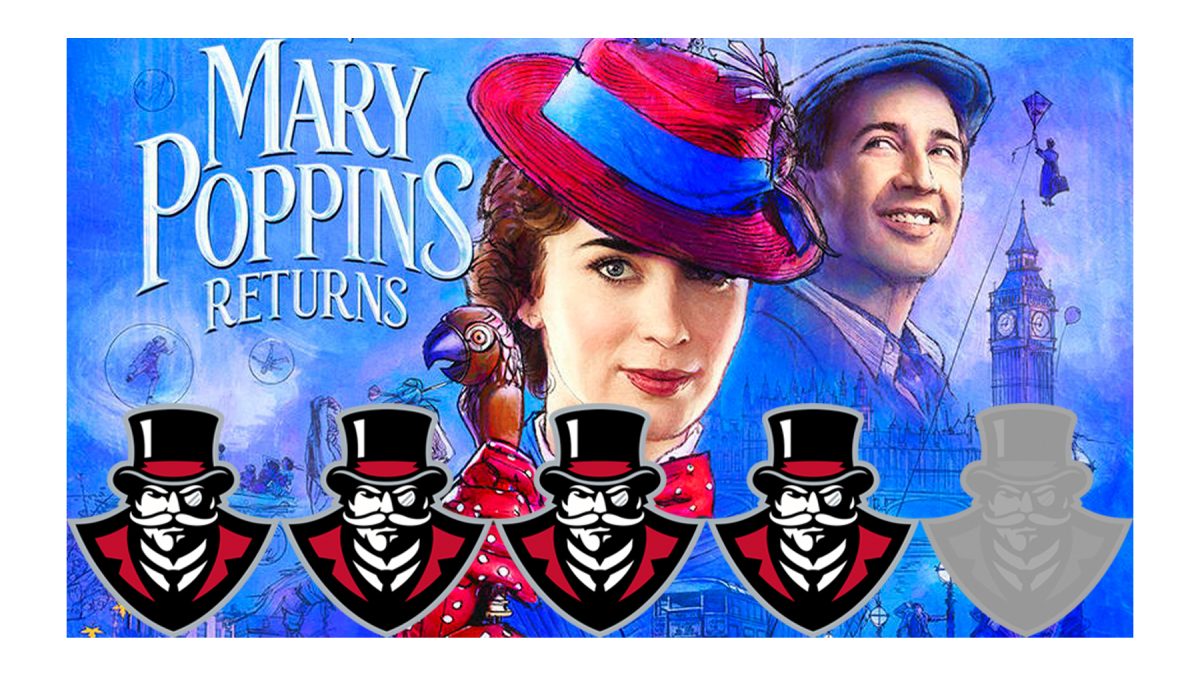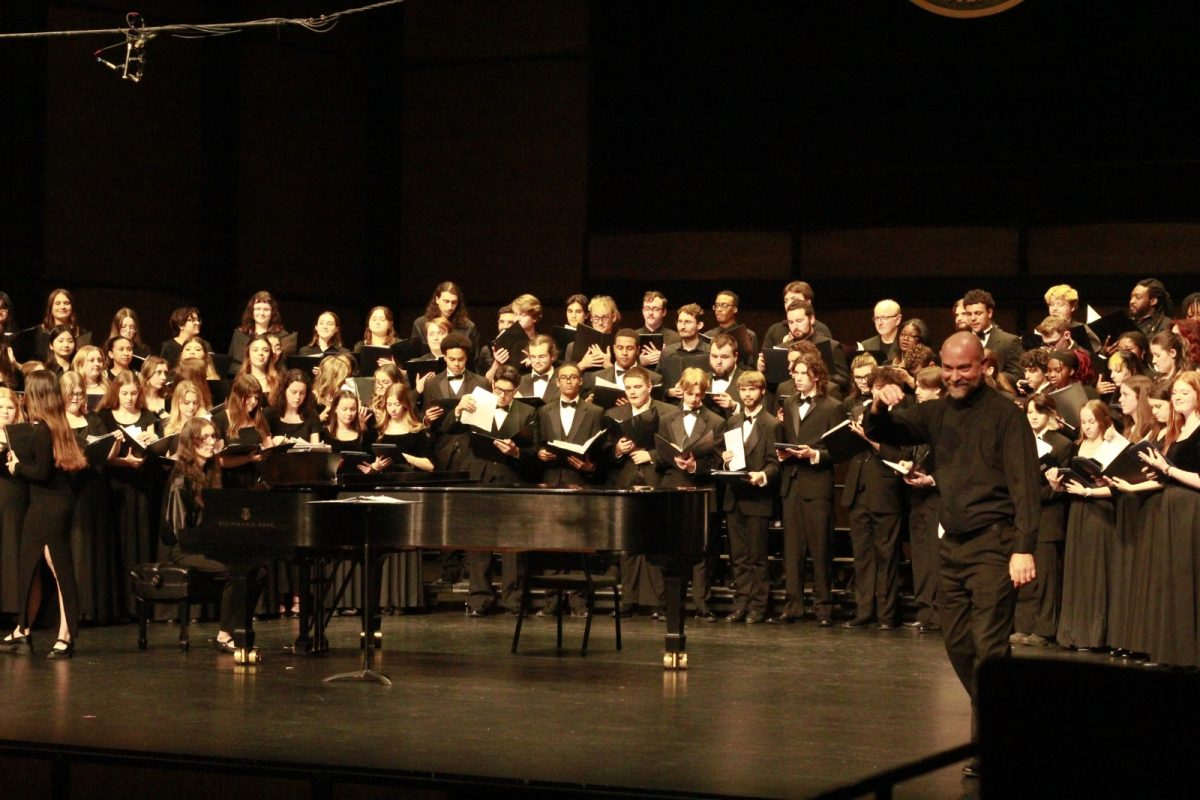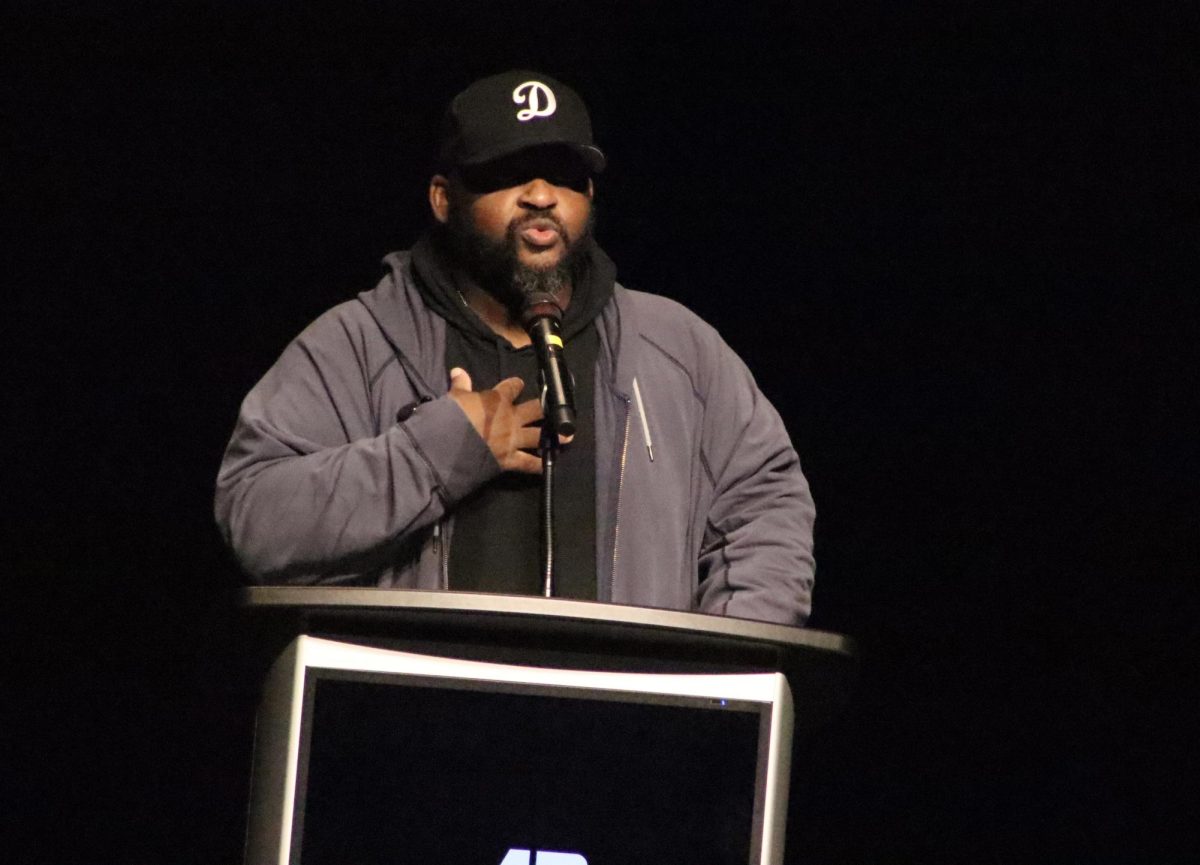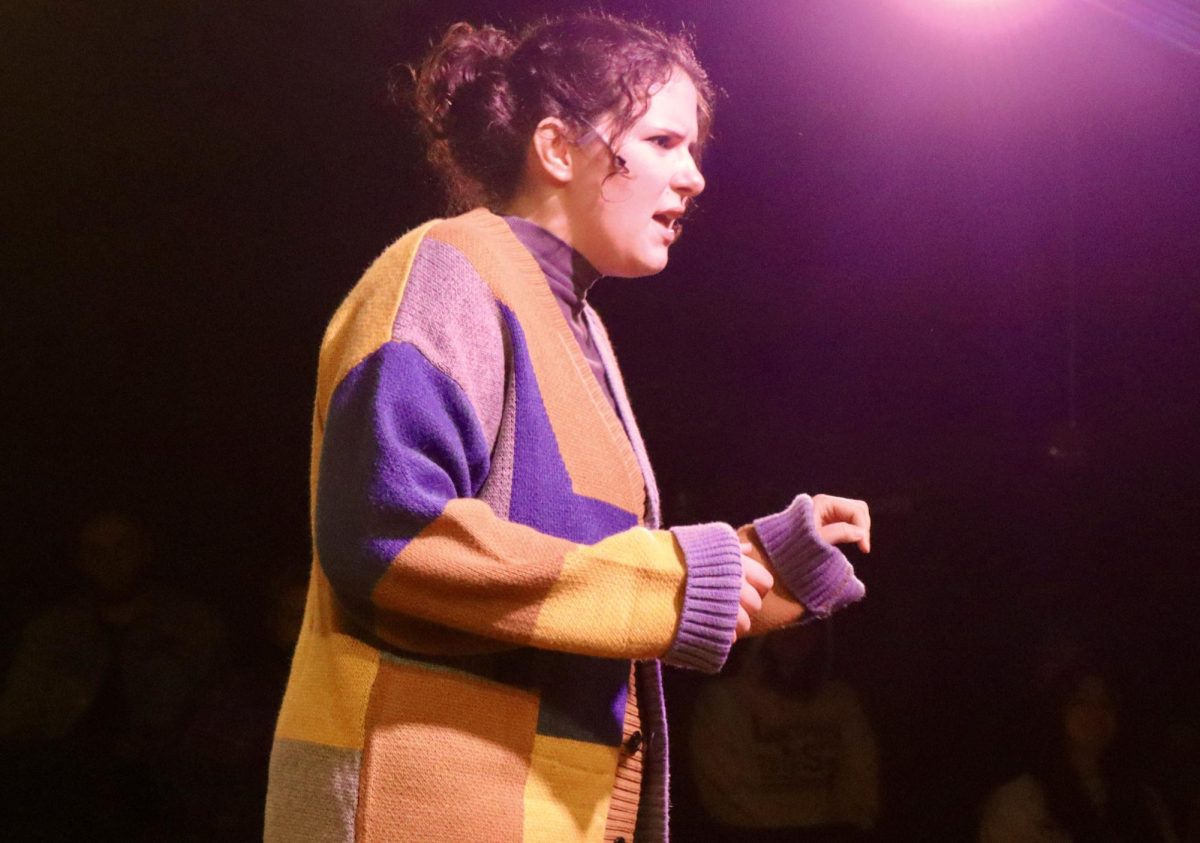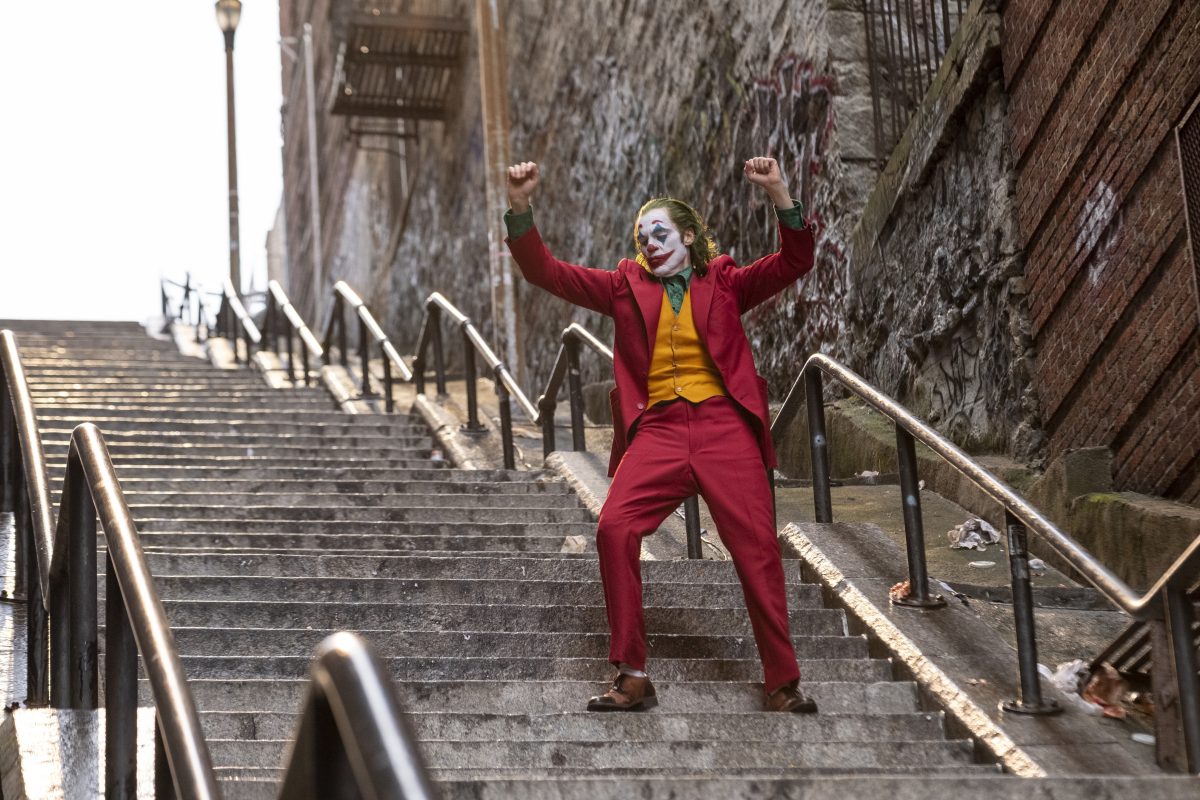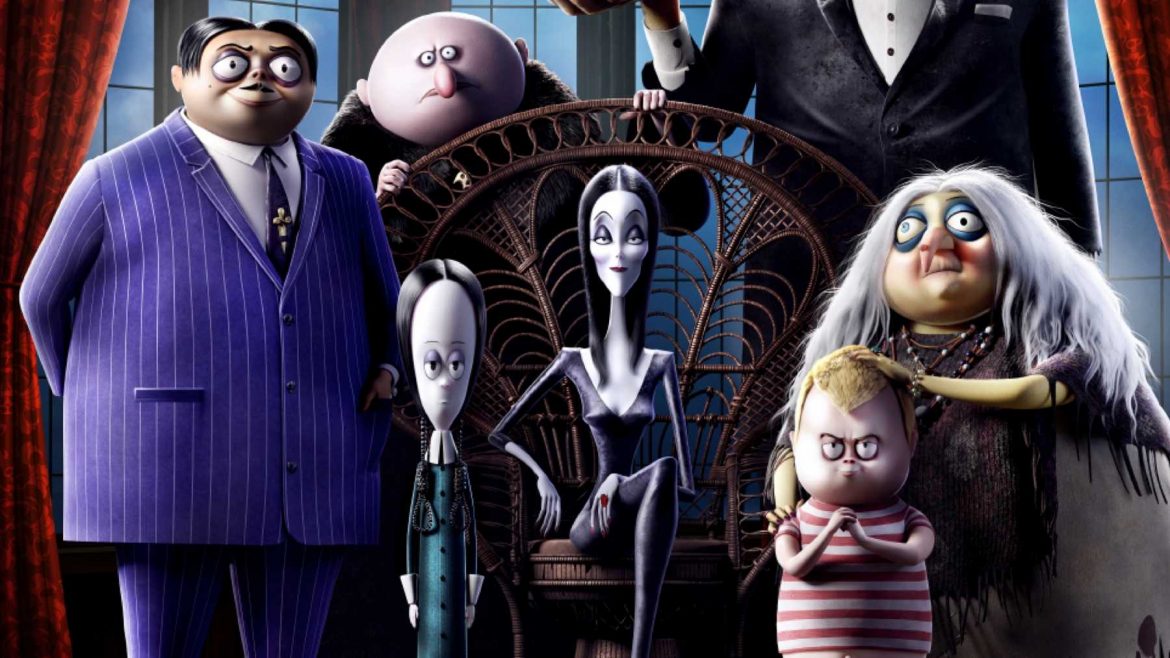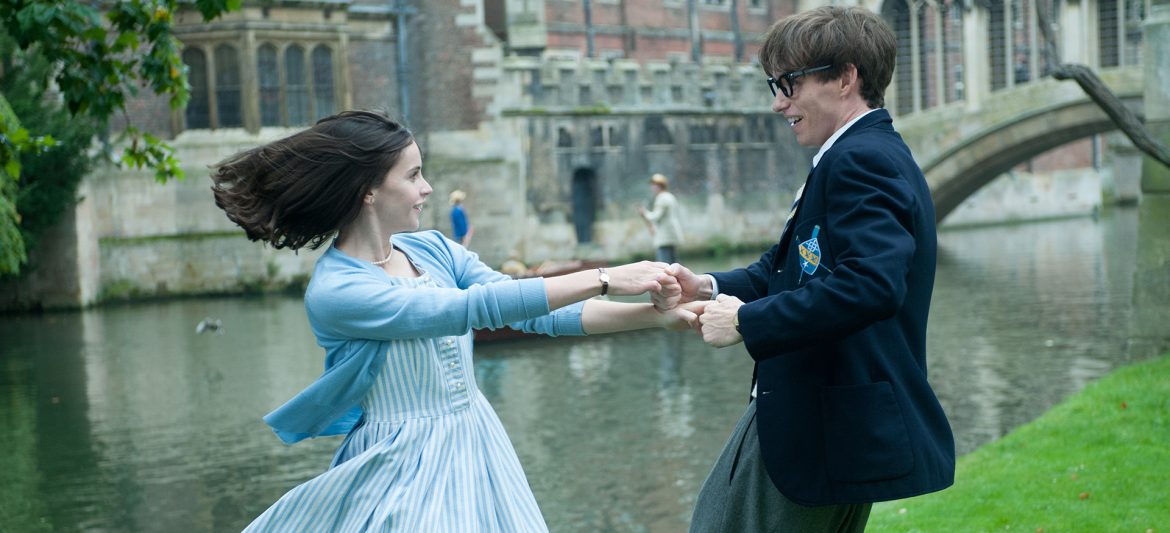Twenty-five years after the events of the first film, director Rob Marshall takes us back to 17 Cherry Tree Lane. Michael Banks, a single father, risks losing his childhood home if he does not repay his loan in full.
In comes Mary Poppins to mend the family together again in the wake of tragedy.
With the help of a quirky ensemble, the Banks family learn once again that everything is possible, even the impossible.
Emily Blunt and Lin-Manuel Miranda are impeccable in the lead roles. Nothing feels phony about Blunt’s approach to the role. She makes Mary Poppins her own rather than serving as a pale imitation of Julie Andrews’ iconic performance.
Lin-Manuel Miranda shines as the optimistic lamplighter, Jack, paying homage to Dick Van Dyke’s Bert from his charming innocence to his terrible Cockney accent.

None of the other performances felt misplaced. Meryl Streep is a delight as Poppins’ Eastern European cousin.
Colin Firth makes for an enjoyably corny antagonist. Dick Van Dyke’s cameo lives up to expectations, and Angela Lansbury can bring a smile to anyone’s face whenever she is on-screen.
The child acting was surprisingly solid, save for a few cringe-worthy notes during a musical number.
Everything about the production compliments the story. The cinematography captures the tone of the film’s universe, and the choreography accentuates each song. The score is appropriately bombastic, but Marc Shaiman knows when to let the mood soften in favor of a gentler atmosphere.
Despite being nominated for four Golden Globes, “Mary Poppins Returns” has yet to take home a significant award.
Several critics accused the film of being a carbon copy of the original Disney film. Other viewers will cling to their nostalgia for the original movie without giving “Mary Poppins Returns” a chance.
Watch trailers for the original “Mary Poppins” and the remake below.
It would be remiss to claim a sequel could fully recapture the impact “Mary Poppins” made. However, the story never felt pandering or wholly derivative.
Several aspects were adapted from P.L. Travers’ books, such as the inclusion of both Angela Lansbury and Meryl Streep’s characters.
Emily Blunt also reportedly based her performance on Travers’ interpretation of the character.
Additionally, the incorporation of new elements was engaging without feeling out of place. The action sequences are well-shot and beautifully animated, engrossing the audience from beginning to end.
They properly underscore the film’s identity without betraying the heart of the source material.
Fifty-four years after the original “Mary Poppins,” this sequel arrives during an era of endless controversy and despair. When it feels as though the sociopolitical bleakness is inescapable, this film shows us that, like the Banks family, everyone needs saving in the worst of times.
“Mary Poppins Returns” with a spoonful of sugar that helps the cynicism go down.
Which telling of this classic story do you prefer – “Mary Poppins” or “Mary Poppins Returns?”

